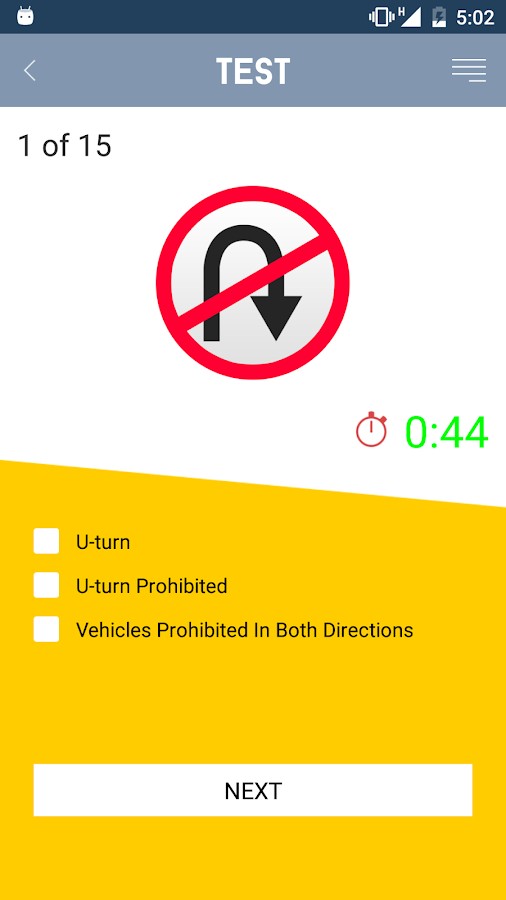

The fastened helmet should fit snugly and be worn Protective gear is a DOT approved motorcycle helmet to help prevent A passenger may not ride on the front or rear rack of a quad since there is no foot protection. If riding double on a quad, the passenger must be behind the operator, and must have room for their feet on the foot pegs/floorboard. If riding double on a motorcycle, you must have a second set of foot pegs, which are common on street legal motorcycles. All ATVs must a floor pan or foot pegs which keeps the driver's and passenger's feet within the frame of or from underneath the vehicle.Īdditionally, there is a law that says that the passenger cannot be in the operator’s lap or embrace (ORS 811.190 “Driver Operations with Obstructing Passenger”).
#ATV LICENSE ONLINE TEST DRIVER#
Additionally, the vehicle must have a seat and a securely mounted quick-release seat belt for the driver and each passenger. Seat belts are required to be worn if under 16 in Class I and IV vehicles.Both operators and passengers of all classes of ATVs must wear a DOT approved helmet with the chin strap fastened if they are under age 18 (unless in a registered street legal Class II vehicle with a roof or roll bar). Helmet is required if under age 18 in all Classes of ATVs.

The adult supervising must also have a safety card, even if they are not riding. If you are in a youth riding area and the adult is not riding on an ATV, the youth needs to be within visual distance.If possible, it is best to have a second adult behind all the youth. This has the adult making decisions such as at intersections or coming upon other traffic. When riding on trails or the dunes, it is best if the adult leads and the youth follows.Adults are important to teach youth proper skills, make sure youth do not get out of control and provide assistance in case of an accident or vehicle breakdown. Some of the worst accidents have been due to a lack of adult supervision. By law, a supervisor is defined as a person who is at least 18 years of age, holds a valid ATV Safety Education Card, and is able to provide immediate direction and assistance to the youth.Adult Supervision is required for youth operators under age 16. Therefore, youth can only operate youth machines. IV (side by side) – Operators under age of 16 must meet manufacturesĪge recommendation. While maintaining grip on the handlebars and maintaining throttle andĪllowed to use prosthetic devices or modified or adaptive equipment toĪchieve rider fit for Class I or IV ATVs.Ĭlass II (sand rail, trucks, SUVs) – Must be at least 15 years old with “driving privileges” (license or learners permit)Ĭlass III (off-road motorcycle) – Must be at least 7 years old. The operator must be able to turn the handlebars from lock to lock Leaning forward, there must be a distinct angle between the upper arm

While sitting upright on the ATV with hands on the handlebars and not Leg Length: When sitting and with feet on the pegs, the knees must be bent at least 45 degrees.Out, the first joint (from the tip) of the middle finger must extend With hands placed in the normal operating position and fingers straight Must meet all the following minimum physical size requirements (Rider It is all too common for tragedy to strike aįamily when an ATV overturns and crushes or suffocates a youth. Operating Class I (quad) ATVs that are too big for them are at serious Class I (quad, 3-wheelers) – There is no minimum age, but youth must meet rider fit requirements.


 0 kommentar(er)
0 kommentar(er)
